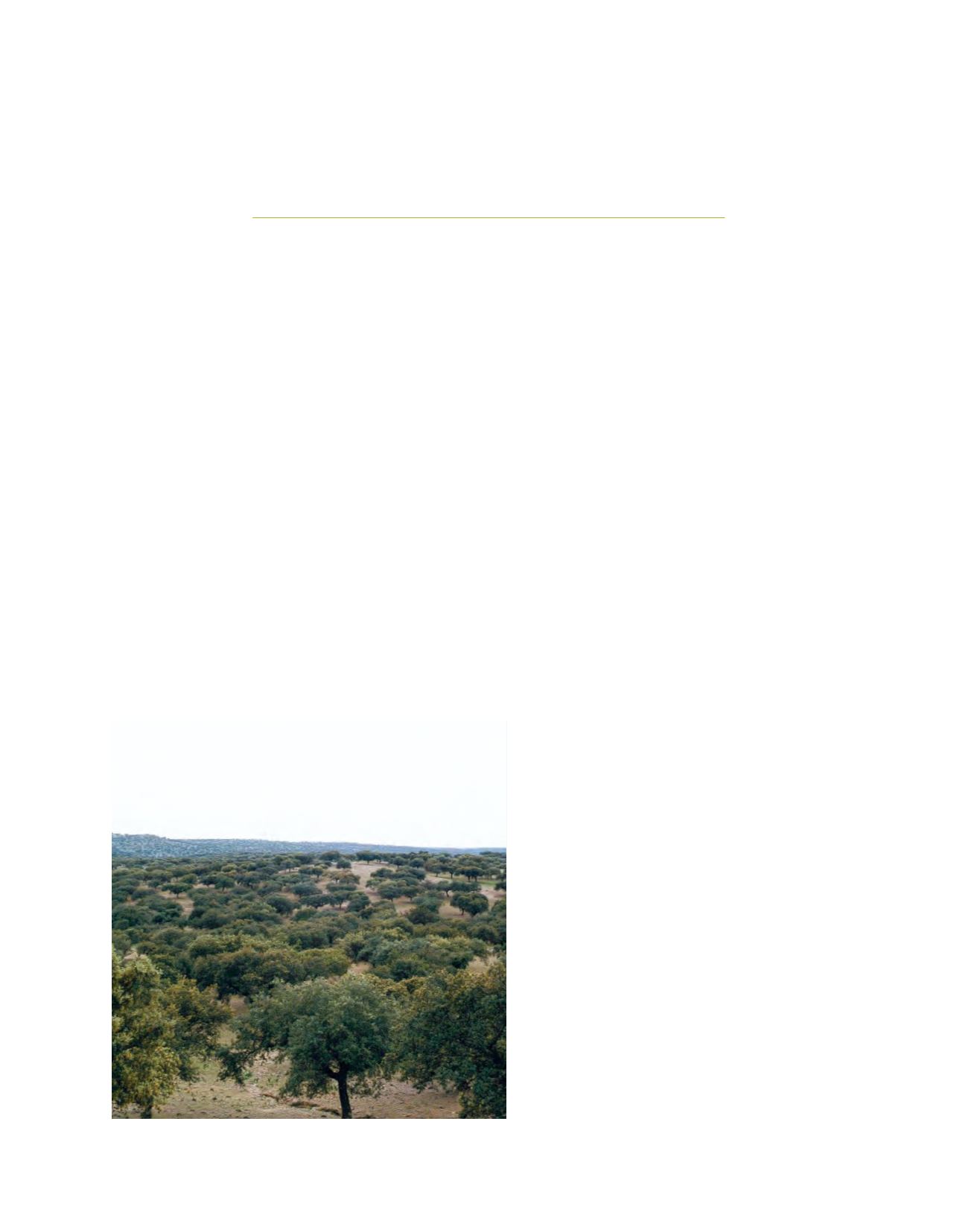

[
] 125
A national forest programme
run for people and by people
José M. Solano, Head of Forest Planning and Management,
Ministry of Environment and Rural and Marine Affairs, Spain
A
s a consequence of the great changes that Spain experi-
enced after the introduction of the 1978 Constitution, its
national forest policy was revised. Spain had a consider-
able number of international commitments associated with the
Resolutions of the Ministerial Conferences for the Protection
of Forests in Europe (now Forest Europe), in addition to those
arising from joining the European Union in 1986. Spain was
also involved in environmental United Nations forums that
grew out of the Río de Janeiro Summit, including the Forest
Principles and related Intergovernmental Panel on Forests (IPF)
and Intergovernmental Forum on Forests (IFF) proposals for
action on biodiversity, climate and desertification.
The Spanish forest sector was maturing, with more private compa-
nies and mechanization on the rise. Consciousness-raising about the
value of the environment and the public’s support for protection of
natural resources resulted in high demand on the forests for a large
variety of goods and services. Under these conditions, there was a
need for a less interventionist forest policy.
The new national governance structure that accom-
panied the 1978 Constitution resulted in Spain moving
from being one of the most centralized countries
in Europe to one of the least. The 17 Autonomous
Governments are competent in forest management,
leaving on the national level the coordination of forest
policies, national level planning and international rela-
tions in this sector. A lengthy process to transfer public
forest management, materials and human resources to
the new regional governments ended in 1985.
The National Forest Service started the process of
defining a new forest policy for Spain that would take
into account the new conditions and also allow for a
phenomenon new to Spain: public participation. The
decision was taken to phase in the changes, starting with
a general consensus resulting in a binding Spanish Forest
Strategy document that would allow the later inclusion of
a Spanish Forest Plan and also a new Forest Law.
Strategy for sustainability
The value of the Spanish Forest Strategy is that it
was intended from the beginning to reflect a national
consensus among all actors related to forests. The
process started in 1996, but at that time there were diffi-
culties concerning public participation, as the former
political system did not allow for public participation.
There were not even lists of stakeholders available,
giving the planning team the long and tedious job of
identifying relevant individuals and organizations.
When a new stakeholder was contacted, other pros-
pects were often introduced. As a result of this process,
after some months a list of more than 900 stakeholders
was available.
While the Spanish pulp, paper, particle and fibreboard
industries had strong and well-structured associations,
less capital-intensive businesses such as saw mills and
furniture manufacturers were mainly very small and
often family-run, with a very low degree of organiza-
tion. There were some forest owners’ associations, but
the many small, mostly local or regional associations
were unable to speak with one voice. Professionals
were very weakly united and trade unions were not well
represented. Environmentalists worked with two main
groups of international origin (Greenpeace and WWF)
but there were thousands of small local and special-
Dehesa, a typical Mediterranean forest
Image: BDN
















